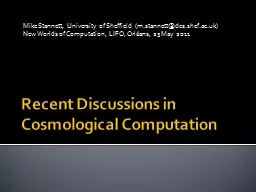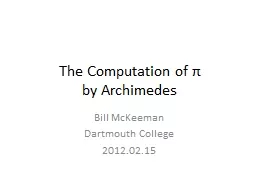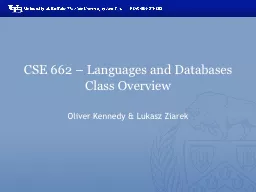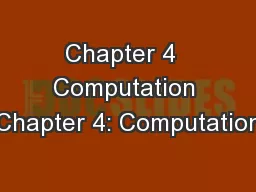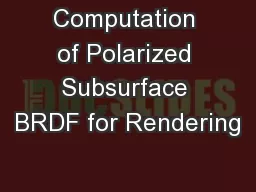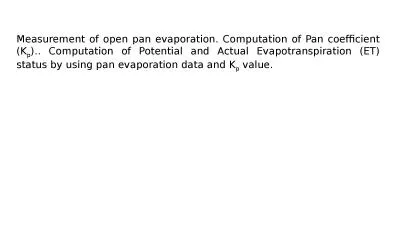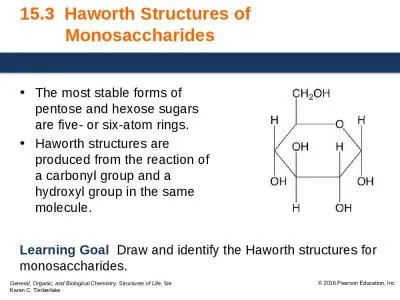PPT-Computation Structures Group
Author : faustina-dinatale | Published Date : 2019-03-02
MITs RISCY Expedition Andy Wright Sizhuo Zhang Thomas Bourgeat Amol Bhave Jamey Hicks Arvind Computer Science amp Artificial Intelligence Lab Massachusetts
Presentation Embed Code
Download Presentation
Download Presentation The PPT/PDF document "Computation Structures Group" is the property of its rightful owner. Permission is granted to download and print the materials on this website for personal, non-commercial use only, and to display it on your personal computer provided you do not modify the materials and that you retain all copyright notices contained in the materials. By downloading content from our website, you accept the terms of this agreement.
Computation Structures Group: Transcript
Download Rules Of Document
"Computation Structures Group"The content belongs to its owner. You may download and print it for personal use, without modification, and keep all copyright notices. By downloading, you agree to these terms.
Related Documents


